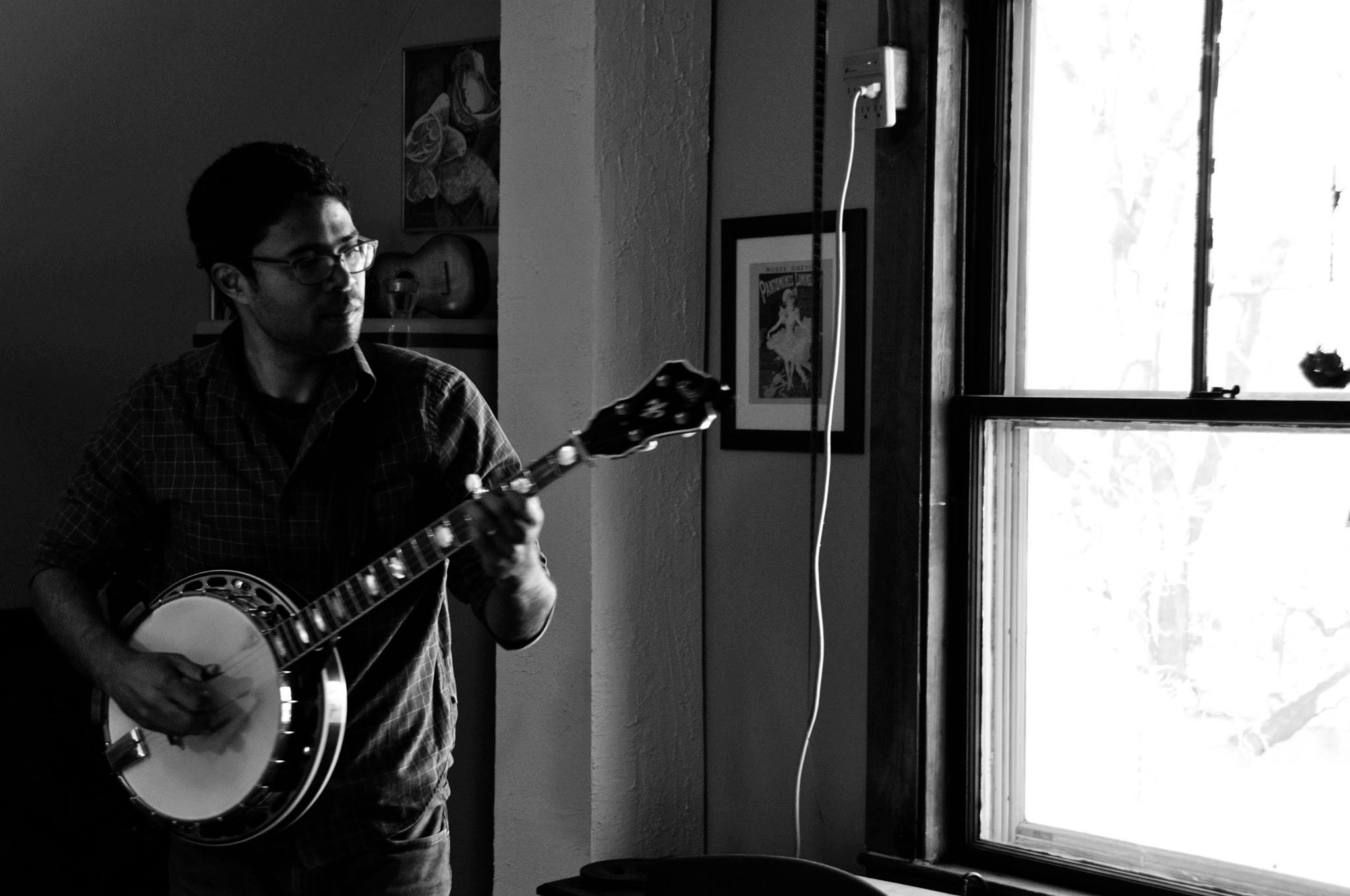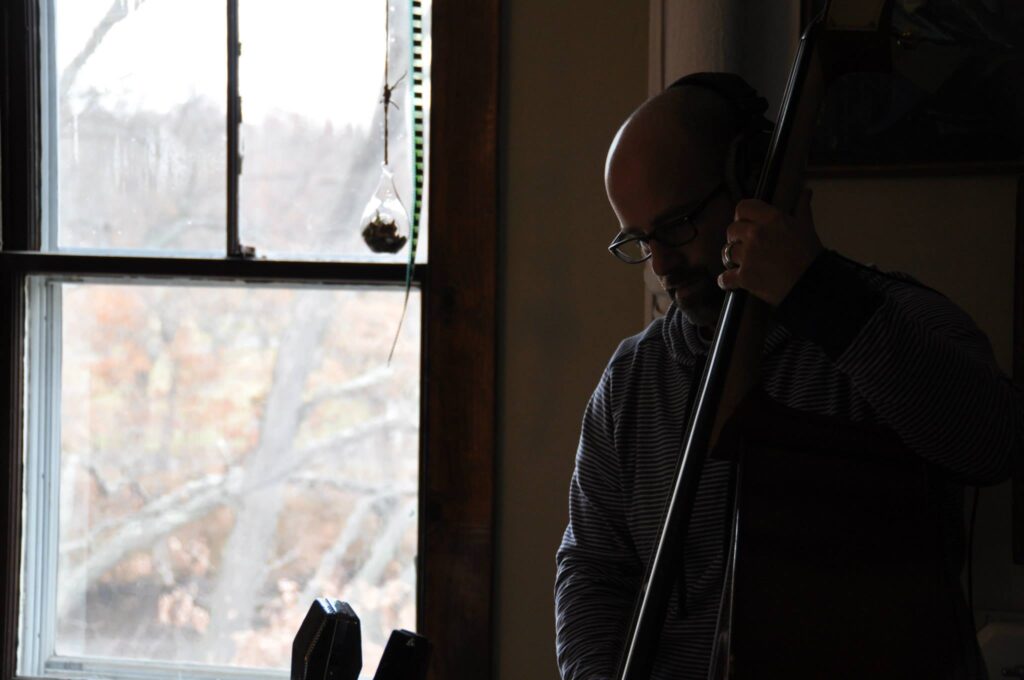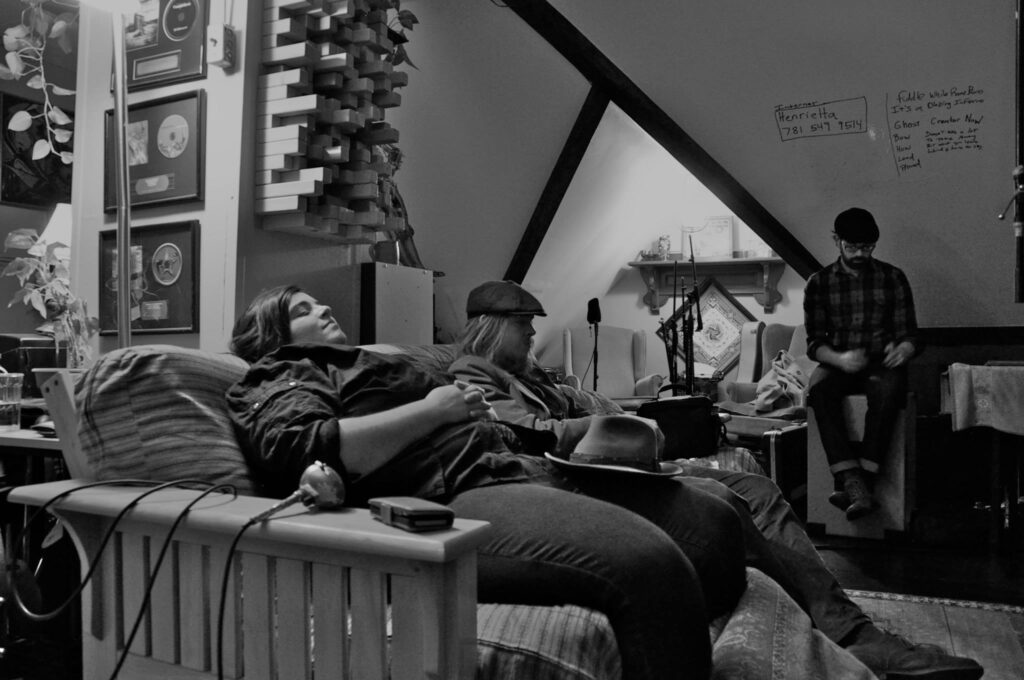A Look Back : The Locals Covering Locals Compilations
As we head into a decade of Red Line Roots being around (in some capacity), I wanted to re-visit…and quite frankly, try to remember…some of the milestones and pivotal experiences, projects and moments for this labor of love.
For those who don’t know, Locals Covering Locals is a three album compilation recording project of local New England musicians covering songs from their favorite local New England musicians. The idea being that Red Line Roots gets a bunch of studio time and invites local songwriters to come into the studio and cut a song that one of their friends and/or local heroes wrote, further expanding and perpetuating the rich tapestry of local music, sharing audiences and spreading the songs of local artists as far as we could. An auditory love letter, of sorts, from songwriters TO songwriters. We would print a limited number of hard copies to give to audiences at the release celebration concerts, radio stations, friends, and so on at no charge and the project would remain a ‘free to download’ collection as long as it sat out there on the inter-web. It still is today.
Right away I knew that I wanted to partner with old pals Sam Margolis and Andrew Kramer at Riverview Sound in Waltham, MA. Sam and I were on the board for the New England Americana Festival together and he and Kramer had recorded two compilation projects for NEAF in previous years. I knew they were up for the challenge. But then came the question of “how do we pay for this thing?”
Enter Club Passim‘s Iguana Music Fund. Today I sit as Board President for one non-profit organization that essentially runs on grant funding and am on another board for a non-profit that also benefits from them. But, 9 or 10 years ago I wouldn’t have the first clue about grants or grant writing or how to get people to give me money to do creative things. Luckily, Passim made it easy and telling the story of wanting to do this project was a natural thing because I was so passionate about it. That first year we got a grant that paid for some of the studio time, some came out of my own pocket and a good friend and angel of a human Chuck Honnet swept in and helped us out with some additional funding for volumes 1 and 2. So, we had money secured, a studio secured, a studio day was scheduled and it was a matter of narrowing a list down, that first time around, to 11 artists who could be incredibly flexible and skilled with the time we had.
In my head it was a “hang up a vocal mic and an acoustic guitar mic and capture what we can” situation in my head, but that quickly evolved into much more when our very first session was with Chuck Melchin, Jess Fox, Michael Spaly and Jef Charland. 3 vocal parts, 4 instruments. Can’t be captured on 2 mics…well, I guess it can. But in this case, we wanted control over convenience.
We also expanded the project scope and “got by with a little help from our friends” as Eric Lichter of Dirt Floor Recording Studios in Connecticut graciously jumped in to help with the mastering of the project. I can never properly repay Eric’s generosity for jumping in.
Volume 1 really gave me and the fellas at the studio the confidence that maybe this is something that can work and we can do with a minimal amount of studio time (we only booked one day to do all of the tracking for this project…), while maintaining a high level of quality and creating and fostering a sense of community around the studio sessions themselves and the project as whole.
By the time it came time for Volume 2, I was getting requests from folks to be a part of the project. Folks I knew and some I didn’t. Which was both flattering and terrifying at the same time. Somewhere along the line Passim/the Iguana Grant had enough confidence in us that we received another round of funding which went to Volume 3, so we were a little on our own to keep the excitement going and try and get Volume 2 recorded. Luckily, Chuck Honnet was a great help to us and between he and funding under the umbrella of Red Line Roots (aka, my show gig money), we were able to get V2 moving.
A few weeks in, we fostered a relationship with the folks at The Loar guitars and mandolins. For Volume 2 associated costs, they donated an acoustic and for Volume 3 they donated an F5 mandolin for fundraising efforts. I, myself, was playing The Loar instruments and swore by their cost effective brilliance. The people behind the scenes at the company and their kindness and generosity only further cemented my love for the company and the instruments they were producing.
This time around we had a better idea and plan for things. Spreadsheets with instrument and vocal arrangements and mic positionings. We expanded to a slightly broader footprint as RLR began to cover more New England vs Boston-only centric artists. Where Volume 1 featured all musicians that called “Boston” their home, Volume 2 included songwriters from upstate-NY, Connecticut and Rhode Island. Some musicians that I was lucky to share in the round gigs with. Some I had written about their recent releases. And others that I merely admired from the audience for many, many years. Hell, this time around The Whiskey Boys even asked if they could cover one of my songs for the project. To me, that was the pinnacle.
Jake Hill and Hayley Sabella covered each other. Dinty Child brought in and played a slew of instruments and played them all better than most. Sarah Borges, well, rocked as only Sarah Borges can…and sang harmonies/added a beautifully haunting break on Dinty’s take on Sean Staples’ “New Memories”. Julie Rhodes brought the blues. And, I filmed all of the 10 tracked sessions. Playlist below.
V3 saw the likes of some of my new favorites in Lula Wiles, who at the time I almost missed a few of my own gigs for wanting to stick around or catch part of their set. Krista Baroni, who’s ‘The Alabaster Girl’ is a brilliant masterpiece. The Meadows Brothers, who not only became close friends, but their general “being” as musicians and performers is rivaled by very few. And for the first time in 30 sessions we had a mother / daughter collab with Allysen Callery and Ava Callery. Where, in Ava’s first time in a studio, she covered a song from her mom.
And, then it came to an end. In a year and a half these 3 compilations were released into the world. Volume 3 was released in February of 2016 and in June I moved to my new home in rural Vermont.
But sitting here, watching the mini-documentary, listening to these songs again. I well up a bit. My chest flutters. I cannot thank all of the artists involved enough for their participation. The time. Sam and Kramer for their tireless efforts and coming along for the ride that very few other engineers would even consider. Chuck for his support. Passim for ALL of their support. And you all, for reading, for listening. For supporting.
Maybe there will be a Volume 4 in the future. But for now, go and get after Volumes 1, 2 and 3. They are still online. They are still free. They are still as beautiful and special as the day they were released.



